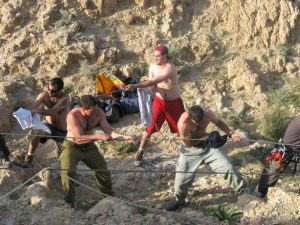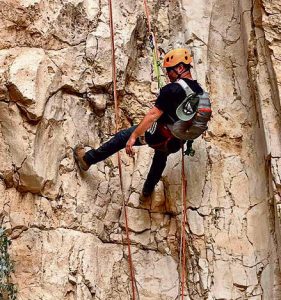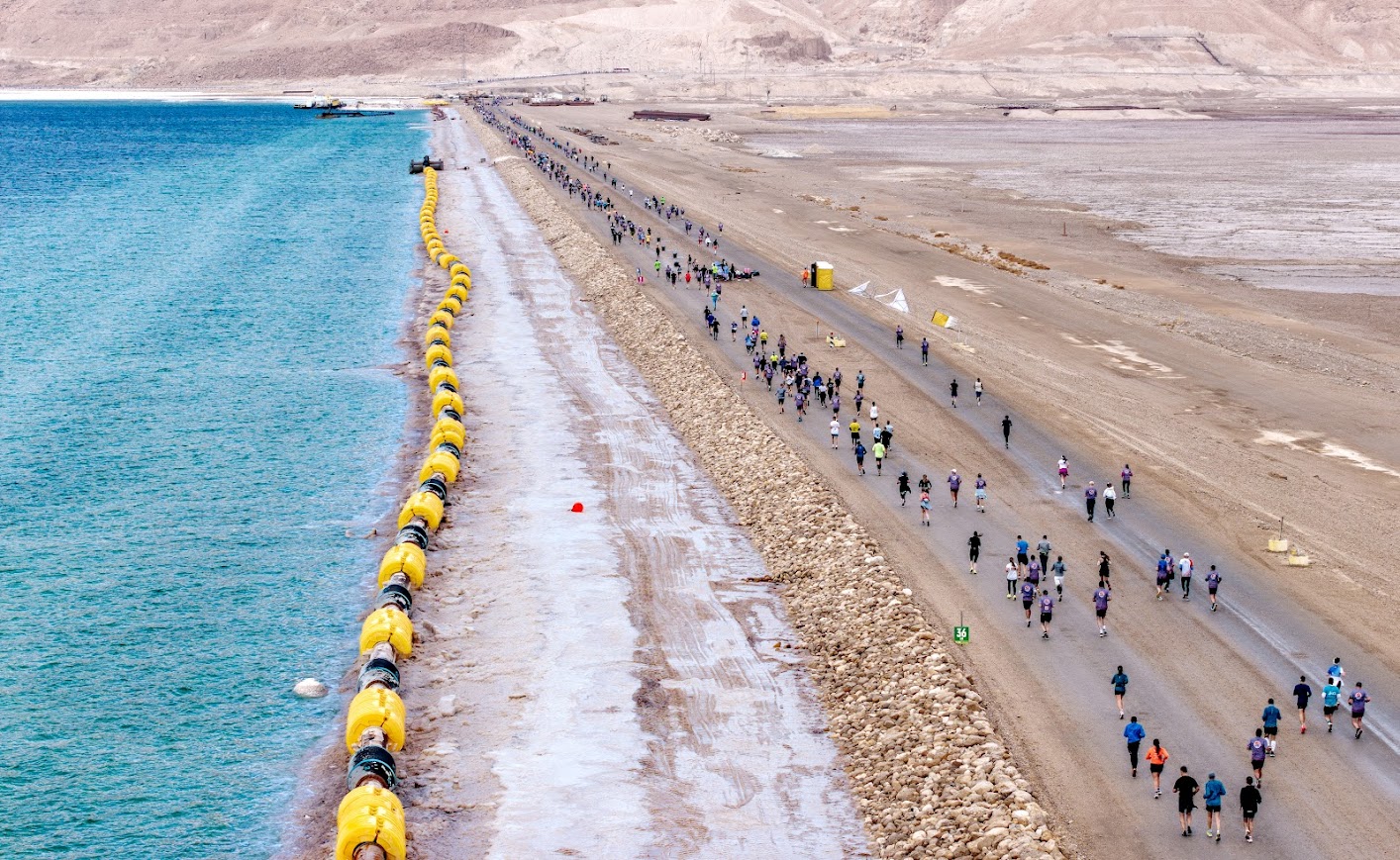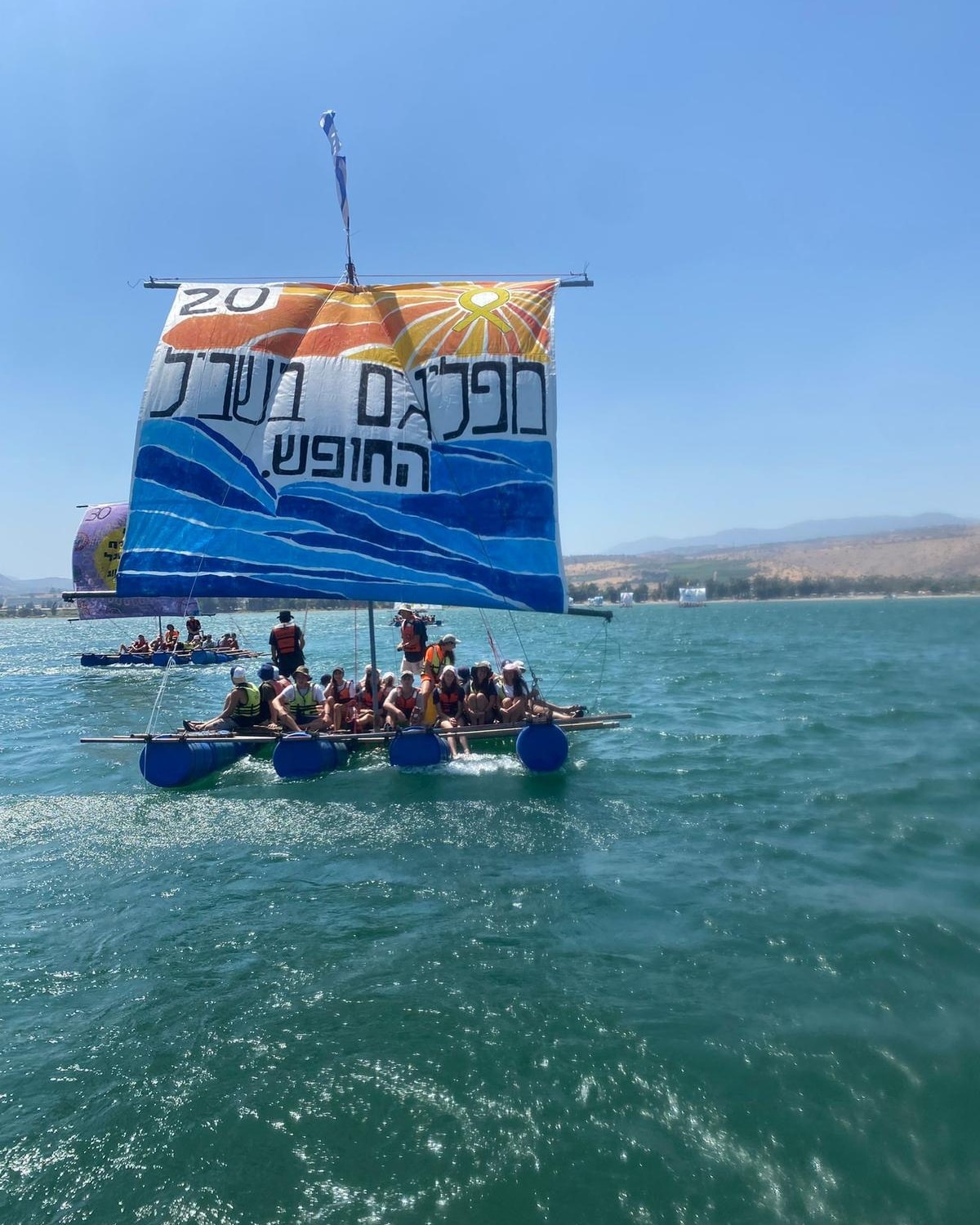Life-Saving Skills in a Unique Desert Landscape: Ein Gedi High School’s Pioneering Program
Life-Saving Skills in a Unique Desert Landscape: Ein Gedi High School’s Pioneering Program Ein Gedi High School has launched a groundbreaking major that equips students with specialized rescue skills uniquely tailored to the extraordinary Dead Sea region, preparing graduates who can save lives in one of Earth’s most distinctive environments. The Dead Sea region […]

Life-Saving Skills in a Unique Desert Landscape: Ein Gedi High School’s Pioneering Program
Ein Gedi High School has launched a groundbreaking major that equips students with specialized rescue skills uniquely tailored to the extraordinary Dead Sea region, preparing graduates who can save lives in one of Earth’s most distinctive environments.
The Dead Sea region represents one of the planet’s most remarkable geological wonders—situated at the lowest point on Earth, nearly 1,400 feet below sea level. This exceptional landscape features a dramatic combination of stark desert mountains, hidden freshwater oases, and the hyper-saline waters of the Dead Sea itself. Children growing up in this region develop an intimate understanding of this extreme environment, where breathtaking beauty exists alongside genuine dangers.
This pioneering program, the first of its kind in Israel, consists of ten comprehensive study units blending environmental science with specialized rescue techniques adopted from air force training—including technical climbing, cliff evacuation, and water rescue operations.
The curriculum addresses the unique challenges posed by the Tamar Regional Council’s distinctive geography. The area regularly faces emergency situations involving tourists and locals caught in flash floods, hikers disoriented in the wilderness, or individuals stranded on the region’s treacherous slopes. To prepare students for these scenarios, the program provides thorough training in emergency medicine, technical casualty evacuation, advanced rope techniques, firefighting strategies, and other critical emergency response skills.
Growing up in this environment gives these students a profound connection to the land that outsiders simply cannot match. Their intimate knowledge of local terrain, weather patterns, and ecological systems provides them with critical insights that enhance their effectiveness as rescuers.
The theoretical coursework transitions into practical experience when students reach their senior year, as they join the Ein Gedi and Megilot rescue units as volunteers. Even before graduation, twelfth-grade students already serve on MDA ambulances, gaining real-world emergency response experience. Principal Rina Levin Gordon notes that graduates emerge with professional certifications in rappelling instruction, paramedic services, and firefighting—qualifications that enable them to work or volunteer in these life-saving fields immediately.
The program’s significance extends beyond individual careers. In a region that attracts thousands of tourists annually while maintaining small, isolated communities, having locally-trained emergency responders with specialized knowledge of the terrain can mean the difference between life and death during critical incidents.
Uri Cohen, a tenth-grade participant, highlights the program’s transformative nature: “The program opened my horizons and allowed me to acquire many skills. The lessons are experiential and fascinating, with most of the learning taking place outdoors. It’s not just about studying material and getting a grade on a test. It’s knowledge that serves a function with deep meaning, and in addition, every practical lesson delivers high adrenaline, excitement, and development of abilities.”
Fellow tenth-grader Maya Sigavi describes her experience: “Surfing and climbing are both physical and mental challenges through which I’ve discovered new strengths in myself. The major gives me professional and ethical tools. It is a real mission, which will contribute to my future in both the army and civilian life.”
This initiative represents a crucial investment in the region’s future—creating a new generation of local experts who understand the delicate balance between human activity and environmental preservation while possessing the skills to protect both the land and those who visit it.
(Photograph by courtesy of Boaz Lemzinger)







